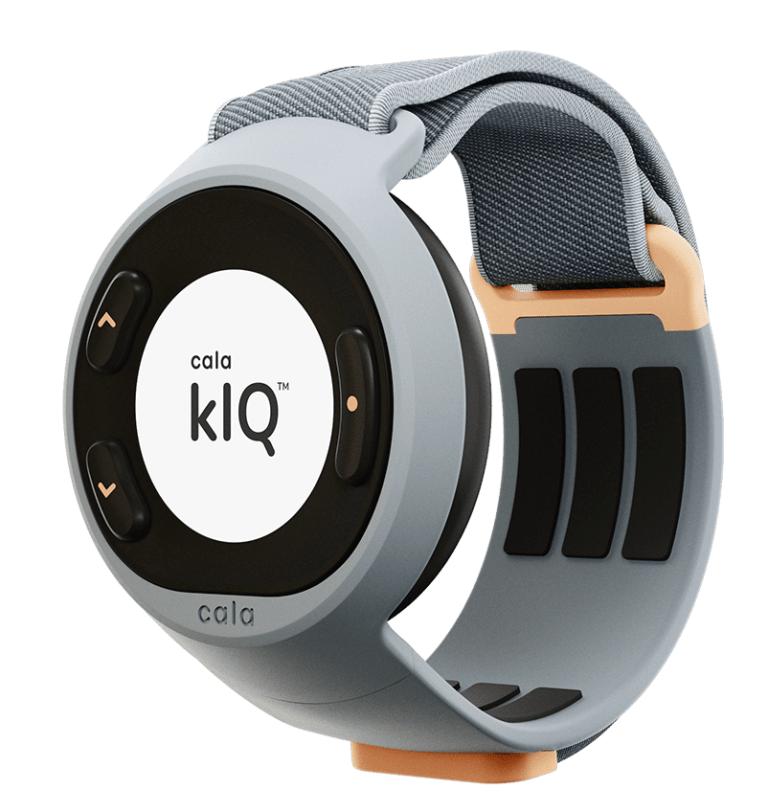Trending Article
Meta unveils AI tools to give robots a human touch
This week, Meta unveiled a series of significant developments in the field of robotics and embodied AI, marking a crucial step in the ongoing transformation of how machines interact with the physical world. With the release of three innovative research artifacts—Sparsh, Digit 360, and Digit Plexus—alongside a benchmark for human-robot collaboration named PARTNR, Meta is positioning itself at the forefront of the robotics revolution. These advancements come at a time when foundational AI models are reshaping the landscape, enabling robots to tackle more complex tasks that require nuanced reasoning and planning.

The Rise of Embodied AI
As interest in robotics surges, fueled by breakthroughs in foundational models such as large language models (LLMs) and vision-language models (VLMs), AI companies are expanding their focus from purely digital applications to the physical realm. This transition is not merely academic; it represents a pivotal moment in the evolution of robotics, offering fresh possibilities for innovation and real-world application.
Meta’s latest releases underscore the potential for AI to enhance not only robot capabilities but also human-robot interaction, ultimately paving the way for more intelligent and responsive machines.

Introducing Sparsh: Revolutionizing Tactile Perception
At the heart of Meta’s announcements is Sparsh, a versatile model designed to improve touch perception in robots. Unlike traditional models that rely heavily on labeled data, Sparsh employs a self-supervised learning (SSL) approach, allowing it to learn from vast amounts of unlabeled tactile data. Trained on over 460,000 tactile images drawn from various datasets, Sparsh boasts an impressive 95.1% improvement over existing models that are specific to individual tasks or sensors.
The significance of Sparsh lies in its flexibility. By offering various architectures, including Meta’s I-JEPA and DINO models, it adapts to different vision-based tactile sensors, empowering robots to perceive touch in a manner similar to humans. This capability is crucial for tasks that require delicate manipulation, such as handling fragile objects without causing damage.

The Digit 360: A New Frontier in Touch Sensing
To complement Sparsh, Meta is introducing Digit 360, an advanced tactile sensor designed to mimic human touch. Shaped like a finger, Digit 360 is equipped with more than 18 sensing features and over 8 million taxels, allowing it to capture granular deformations and interactions with a variety of surfaces. This sensor is not only a technological marvel; it also represents a leap forward in how robots can engage with their environments.
One of Digit 360’s standout features is its on-device AI, which minimizes the need for cloud-based processing. This capability enables real-time responses to tactile inputs, akin to the reflex actions of living organisms. The implications for robotics are profound—improved touch perception could enhance applications ranging from prosthetics to virtual reality, significantly elevating user experiences in these fields.
Meta’s approach is to foster community-driven research and innovation by publicly releasing the code and designs for Digit 360. This move not only encourages collaboration but also increases the likelihood of adoption in various sectors. The data collected by Digit 360 could also contribute to the development of more realistic virtual environments, a key goal for Meta as it continues to build out its metaverse initiatives.
Digit Plexus: Streamlining Robotic Development
Further amplifying its commitment to robotics, Meta has introduced Digit Plexus, a hardware-software platform designed to facilitate the creation of robotic applications. This platform allows researchers to integrate multiple fingertip and skin tactile sensors onto a single robotic hand, simplifying the process of collecting and analyzing tactile data. By enabling the transmission of this data to a host computer through a single cable, Digit Plexus minimizes complexity and enhances efficiency in robotic design.
In partnership with GelSight Inc., a tactile sensor manufacturer, and South Korea’s Wonik Robotics, Meta aims to produce a fully integrated robotic hand that leverages the capabilities of the Digit Plexus platform. This collaboration not only expands Meta’s hardware ecosystem but also illustrates its intent to support the development of sophisticated robotic applications that can operate effectively in real-world scenarios.
US army test new AI-Powered Robotic Warfare
PARTNR: Evaluating Human-Robot Collaboration
In addition to hardware advancements, Meta has launched PARTNR, a benchmark designed to assess the planning and reasoning capabilities of AI models in human-robot collaborations. Built upon Habitat, Meta’s simulated environment, PARTNR includes 100,000 natural language tasks set in 60 different households, incorporating over 5,800 unique objects.
The benchmark aims to evaluate how well robots, guided by LLMs and VLMs, can follow human instructions in performing household tasks. This focus on collaboration is vital, as effective human-robot interaction is essential for practical applications in various settings, from domestic environments to workplaces.
The introduction of PARTNR reflects a growing interest in using foundational models to enhance robotic functionality. Startups like Figure and Covariant are already exploring similar concepts, demonstrating the potential of these models to serve as planning and reasoning modules for complex tasks.
The Broader Impact of Meta’s Innovations
Meta’s recent announcements come at a time of renewed optimism in the robotics industry, particularly regarding the integration of advanced AI models. The potential for robots to not only perform tasks but also interact intelligently with humans opens up a myriad of possibilities. As the industry moves forward, the collaboration between AI and robotics will likely redefine how we think about machines in our daily lives.
Meta Orion AR glasses hand free interface with AI
Educational Opportunities and Workforce Implications
The implications of these advancements extend beyond technology itself. As robots become more capable of handling complex tasks and collaborating with humans, there will be a corresponding need for a workforce skilled in AI and robotics. Educational institutions will play a crucial role in preparing students for this new landscape, integrating robotics and AI into their curricula.
By providing hands-on experiences with technologies like Sparsh and Digit 360, educational programs can equip students with the practical skills necessary for careers in this rapidly evolving field. As Meta and other companies continue to innovate, the demand for professionals who can bridge the gap between AI, robotics, and real-world applications will only grow.
Ethical Considerations and Societal Impact
As with any technological advancement, the rise of robotics and AI prompts important ethical considerations. The integration of robots into everyday life raises questions about privacy, security, and the potential for job displacement. Developers and researchers must prioritize ethical frameworks and guidelines to ensure that these technologies are used responsibly and for the benefit of society.
Moreover, the emotional and psychological implications of human-robot interaction warrant careful consideration. As robots become more lifelike and capable of nuanced interaction, society will need to grapple with how these machines fit into our lives and the potential consequences of their increasing presence.












Pingback: Meta Has Launched An AI-Powered "Adult Classifier" Aimed At Protecting Underage Users On Instagram
Pingback: OnePlus Opens Beta Testing For OxygenOS 15 On OnePlus 12R